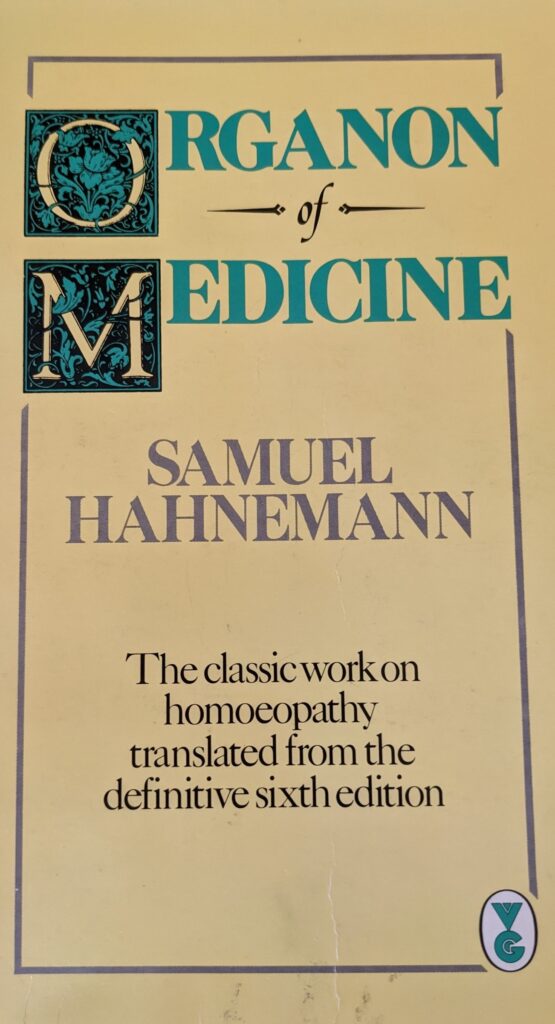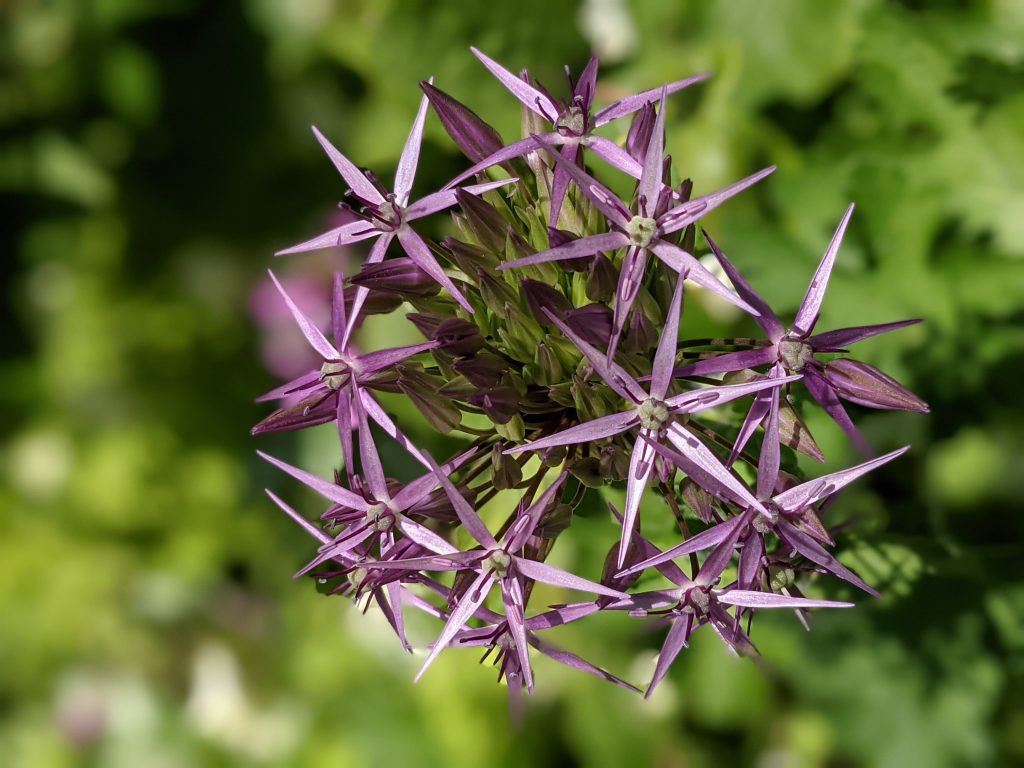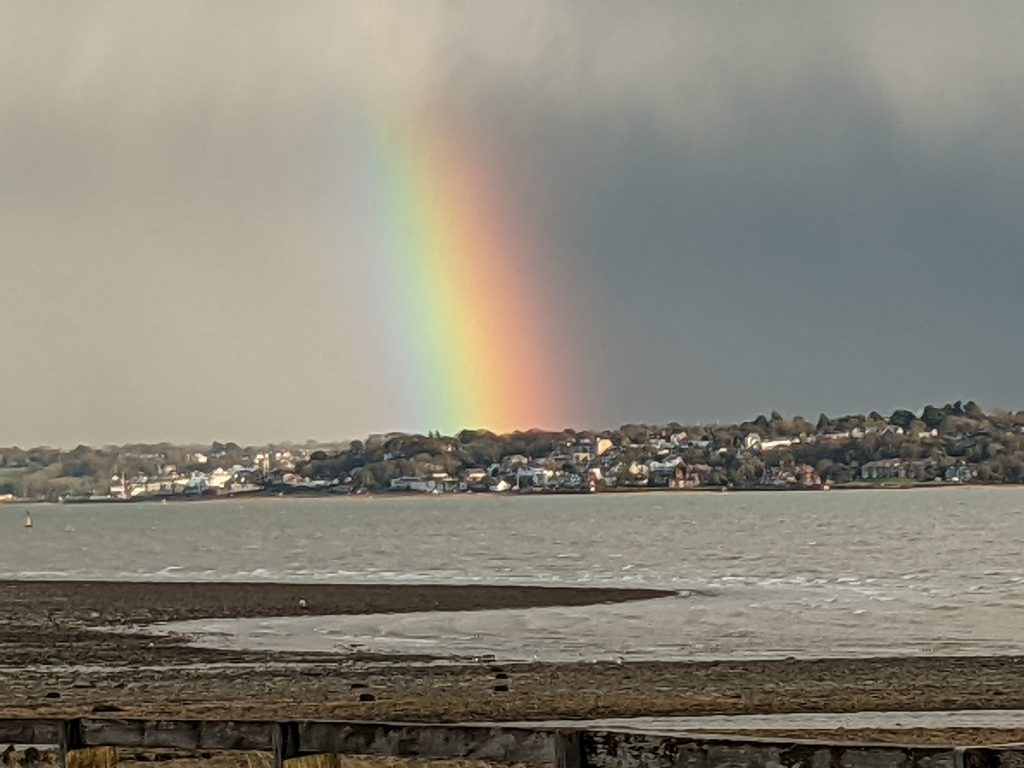This blog is about remembering the past and specifically the benefits of homeopathy.
The thing is we do forget. The eleventh hour of the eleventh day of the eleventh month is soon upon us and it serves indeed as a reminder of past conflicts.
But I suspect for most youngsters the two world wars might as well be the Battle of Hastings or Waterloo, though surviving film footage does resonate across time. My late father served in the western desert and Italy in WW2. Were he alive he would be now 106!

Of course it is not just about conflicts distant in time. I read this weekend the report of a recent train derailment (2001) in Scotland, fortunately without casualties. The investigators found that it had much in common with the 1988 Clapham rail disaster (wiring error) which cost the lives of 35 people.
The late Trevor Kletz, whom I once met in my Chemical Engineering days, wrote many books on the theme of “What went wrong” – to quote one title. It had a sequel, “Still going wrong”, reminding readers of the shortnes of corporate memory.
I recall him quoting a boy on the radio who notably said that “he didn’t have a memory only a ‘forgett-ory'”. Quite.
Alas, we forget the past and consequences follow.

Not all amnesia is entirely accidental. All too often the past is denied; inconvenient truths and wisdom brushed aside. The reasons are mixed, there may be gain (corporate or personal), or maybe just a biased manner of thinking.
Just over a century ago John D Rockefeller and Andrew Carnegie were the equivalent of today’s Bill Gates, Mark Zuckerberg and more. Through their wealth they funded various charitable foundations that had great influence.
I don’t wish to say that they were bad people. Carnegie, whose humble beginnings were in Dunfermline, Scotland funded many public libraries throughout that land and beyond (the link opens with a picture of my local library in Rutherglen, where I was born).
However, what the poweful have is influence to move society in the direction they believe is best. In this towards what we know as western scientific medicine or allopathy (not that homeopathy is unscientific – anything but).
The gentleman was an a academic engaged by the aformentioned to look into medical training in the USA.
Here is a nice summary of his contribution.
Medicine is generally recognised as a balance between art and science. Science today is solely focused on the material world, a subject I have touched on before. However, human beings are more than a bundle of molecules.
There is a growing concern today that the application of science is too narrow and you may care to read the Galileo Report of the Scientific and Medical Network.
The picture below is of a monument located in the centre of Washington D.C. The first monument in that city to a non-US citizen (he was German). Who was this man to get such a grand monument?

Hahnemann (1755-1843) is considered the founding father of homeopathy. A scientist before the term was in general use and polymath (he knew many languages). His medical work was of huge significance. Here is a short summary from the Journal of the Royal Society of Medicine. Yet you wont find mention of him in western medical schools today.
Homeopathy was a major force in America at the start of the twentieth century. It’s demise stems from the influence of Abraham Flexner and his sponsors.
Medicine was set a path to that which we see today. There have been many benefits, but all in the garden is not rosy as the burden of prescription costs to the NHS might attest.
I suggest – well obviously I would! – that we need to look again not just at homeopathy, but naturopathic, and medicine in all its forms practiced throughout the world.
Medical science today is too narrow in its application and the ‘art’ has all but disappeared (though many physicians still recognise the art in what they do).
Hahnemann’s seminal work is the Organon of Medicine, which is still in print. The opening aphorisms shown below speak to us through time. The rest is not bad either – actually, very profound.

Aphorism 1: The physician’s highest calling, his only calling, is to make sick people healthy – to heal as it is termed.
Aphorism 2: The highest ideal of therapy is to restore health rapidly, gently, permanently; to remove and destroy the whole disease in the shortest, surest, least harmful way, according to clearly comprehensible principles.
Dr Samuel Hahnemann, Organon of Medicine
Isn’t this a fantastic looking flower? It is an ornamental hybrid of the common onion from which the homeopathic remedy Allium Cepa derives.

The name which may derive from two Celtic words “all” and “cep”, meaning “hot” and “head”. In full bloom the flower is indeed like a head – a big beautiful sphere.
The onion family includes garlic and leeks. Plants used nutritionally and medicinally for centuries. Today the medicinal benefits are still recognised – here is one article – read more
In folklore, even in the 19th century, placing sliced onions around the home, or in a bag worn around the neck was considered to protect against contagion during epidemics.
Perhaps we should revisit past wisdom, given the current (Covid) challenges? But I suspect sending your children back to school with a bag of chopped onions around their neck might not be popular?
When chopping onions for the cooking pot streaming eyes and runny nose is all too familiar! This is “coryza” or “rhinitis” in medical parlance.
As a homeopathic medicine, one paarticular use of Allium Cepa is in the treatment of an attack of “hay fever”, whose symptoms of coryza, as you all know, are rather similar to those from chopping onions. The nasal discharge is acrid and that from the eye bland.
The homeopathic core principle is “like cures like”. This means giving a medicine that mimics the symptoms suffered.
Homeopathy supports the body’s attempt to cure. It helps it over “the hill” that needs to be climbed.
As I wrote last month “Jaw Jaw is better than War War”
The body speaks its language – it informs; we must listen and act accordingly.
The runny nose of the common cold can be similar to the characteristics of Allium Cepa, but in this case it may be best to suffer the inconvenience as the discharge from the nose has a purpose – namely to eliminate the virus.
Sometimes it is best not to supress symptoms. That includes the use of over the counter remedies such as LemSip and so on. Yes, you feel better but you are hampering the healing.
Symptoms, from a homeopathic perspective, are not just an inconvenience – they point the way to cure.
They inform.
Cutting edge Quantum Physics tells us that our entire universe is “informed”. Indeed, it tells us that we are “informed” – right from the moment of our birth to our last breath.
Current thinking is that the brain is a sort of transmitter / receiver, as much as a pseudo computer for processing our thoughts and bodily signals.
So, the brain may be receiving “downloads” – something like the downloads to our electronic gadgets. Fascinating.
Last night, courtesy of the Scientific and Medical Network I listened to Dr Doug Matzke talk about his research into quantum computing.
He has a new book titled “Deep Reality” – tad over my head mathematically – but the fundamental role of “information” in nature is becoming clear.
Homeopathy is information medicine, born ahead of its time.
I am watching an interesting YouTube clip by Dr Zach Bush https://youtu.be/f6zb5rXgRvs. I say ‘am’ because it is quite long and I am taking it in bite size chunks. Quoting from an online version of the Oxford Dictionary he observes that the definition there in of ‘nature’ is the natural world around us; something rather apart from man. Dr Bush draws our attention to the fact that man is actually fully part of nature not ‘apart’ from it. We have long tried to control the natural world, but current crises from pandemic to environmental, suggest a need to better understand our limitations. He is all for science, but points out that science is not a fixed body of knowledge. It is an ongoing endeavour.

Isle of Wight from Lepe
I took the above photo on a blowy day about a month ago. It is hard to say what early man made of such a scene, and science brings its explanation of light reflected and refracted through water droplets. Nonetheless a rainbow still makes you stop a while and watch. The scientific analysis is good but I bet many at Lepe that felt the colours a omen for better times after a tough year.
A relatively recent scientific endeavour is the micribiome. That is to say, the gut. Dr Bush tells us that our guts are full of viruses and bacteria; many billions of them in fact. The same is true of the soil, the sea and the whole of the natural world. The living world adapts to viruses and bacteria; it has done so from the beginning of time. You might wonder then about our strategies concerning SARS-Cov-2; certainly Dr Bush does.
Complementary medicine has long taken and interest in diet and hence the gut, and on that I will say a little more next time.